About
Aldo Leopold
Aldo Leopold and his family spent several months a year in Les Cheneaux at their cottage on Marquette Island.
There, young Leopold spent his days in the woods and on the water, where he developed an appreciation for the environment and wildlife on the island while mapping trails and listing the flora and fauna he found. Beginning in the early 1890s, the Leopold family made annual treks from their Burlington, Iowa, home to their cottage; first by steam ferry from Chicago to Mackinac Island and later by rail. As a young adult, Leopold continued to visit the Les Cheneaux area until about 1919, according to family photographs of Leopold in the area.
If one believes that our love of the land begins in childhood, it can be said that those summers spent roaming the islands, by foot or by canoe, were instrumental in helping to shape Leopold’s land ethic. His brother, Frederick, wrote of their summers on Marquette describing Aldo’s explorations: “Aldo knew most of the island intimately. He produced several handmade maps artistically decorated and illustrated with typical trees, animals, and birds in their proper places. All of the trails were shown, including some newer trails he created.” While in the Les Cheneaux Islands, Leopold met the headmaster of the Lawrenceville School, a preparatory school that eventually took him to Yale University, the only school in the country that offered a forestry degree.
Graduating from The Forest School at Yale in 1909, he eagerly pursued a career with the newly established U.S. Forest Service in Arizona and New Mexico. By the age of 24, he was promoted to Supervisor for the Carson National Forest in New Mexico. In 1922, he was instrumental in developing the proposal to manage the Gila National Forest as a wilderness area, which became the first official designation in 1924. Following a transfer to Madison, Wisconsin, in 1924, Leopold continued his investigations into ecology and the philosophy of conservation, and in 1933 published the first textbook in the field of wildlife management. Later that year, he accepted a new chair in game management— a first for the University of Wisconsin and the nation. In 1935, he and his family initiated their ecological restoration experiment on a worn-out farm along the Wisconsin River outside of Baraboo, Wisconsin.
Planting thousands of pine trees, restoring prairies, and documenting the subsequent flora and fauna changes further inspired Leopold. When Aldo Leopold wrote about considering the natural world “as a community to which we belong,” the world was a different place than it is now. The simple idea of leaving a few trees behind to seed the next generation of the forest was wild in a time when it was thought the American landscape offered unlimited resources that were ripe for the taking. Leopold’s influence on modern land ethics, land and wildlife conservation, and the American love of the land, is still felt today.



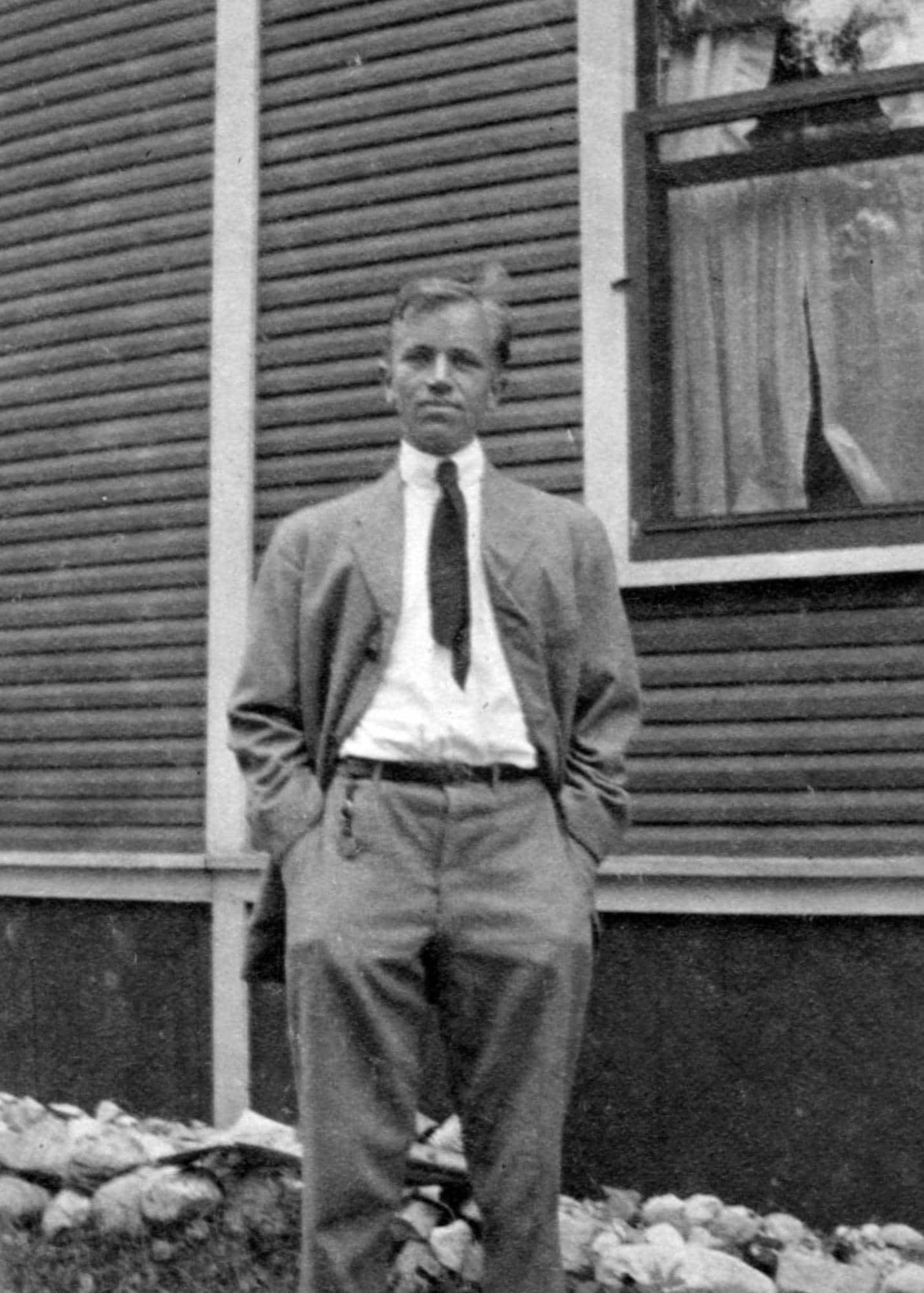
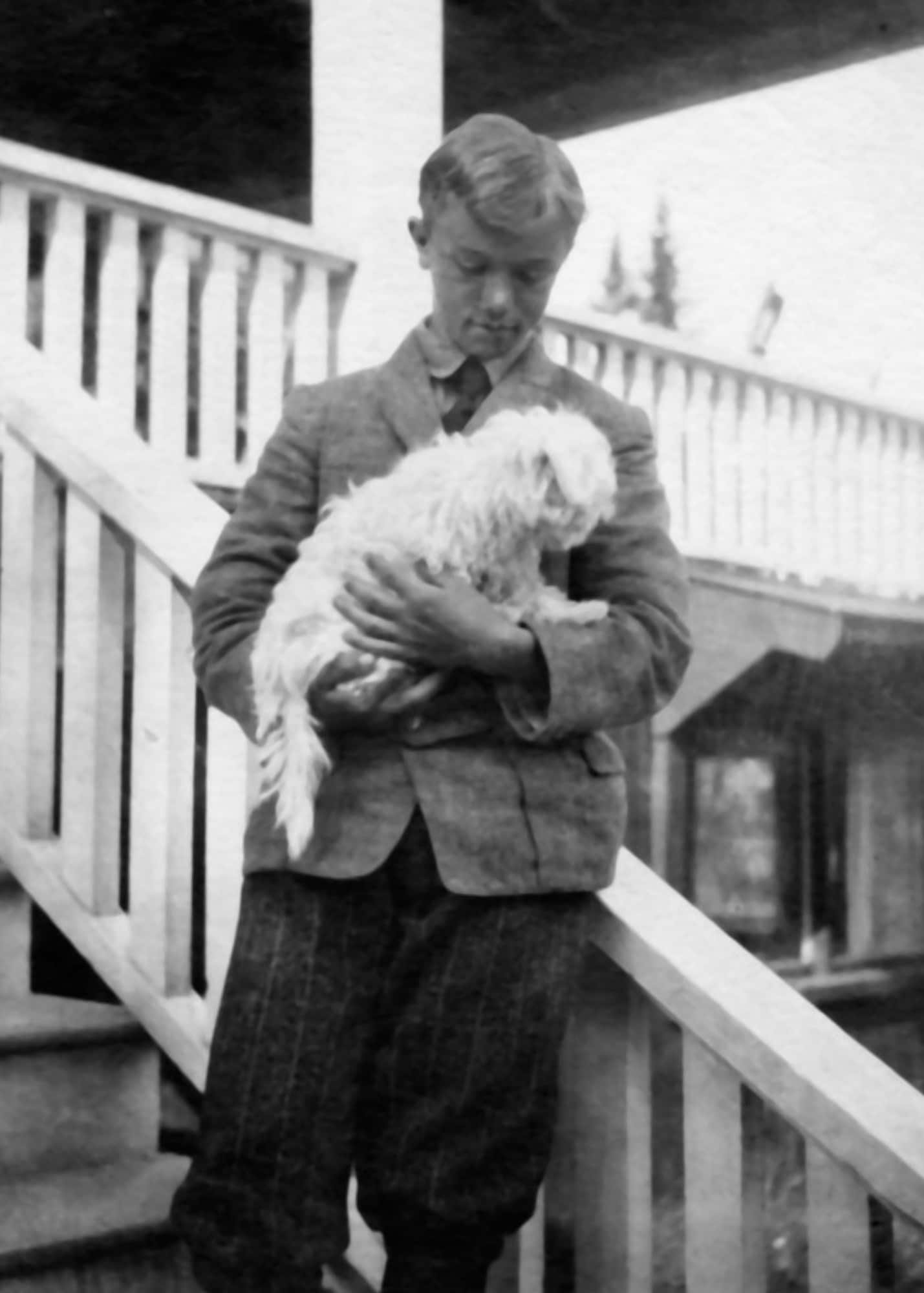
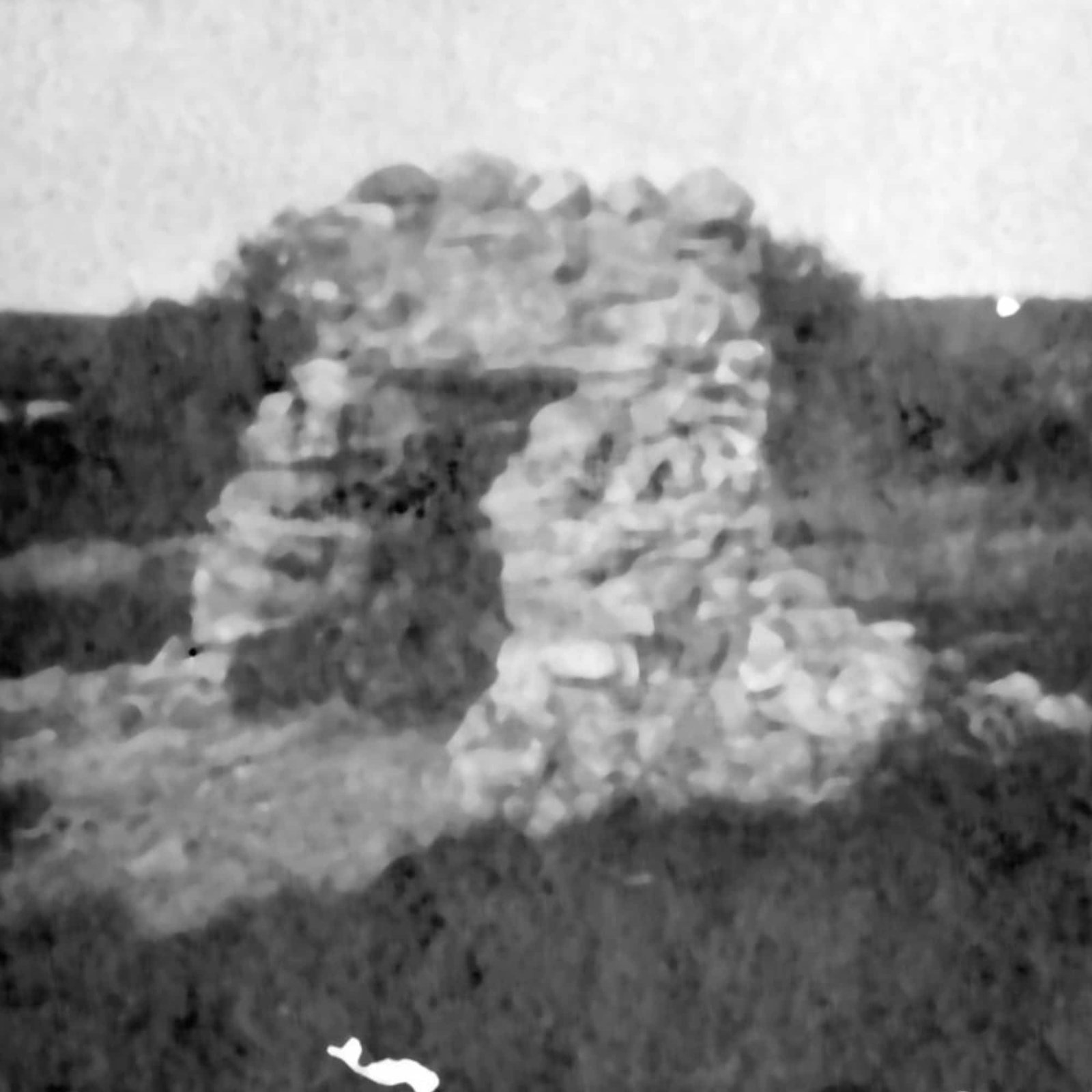




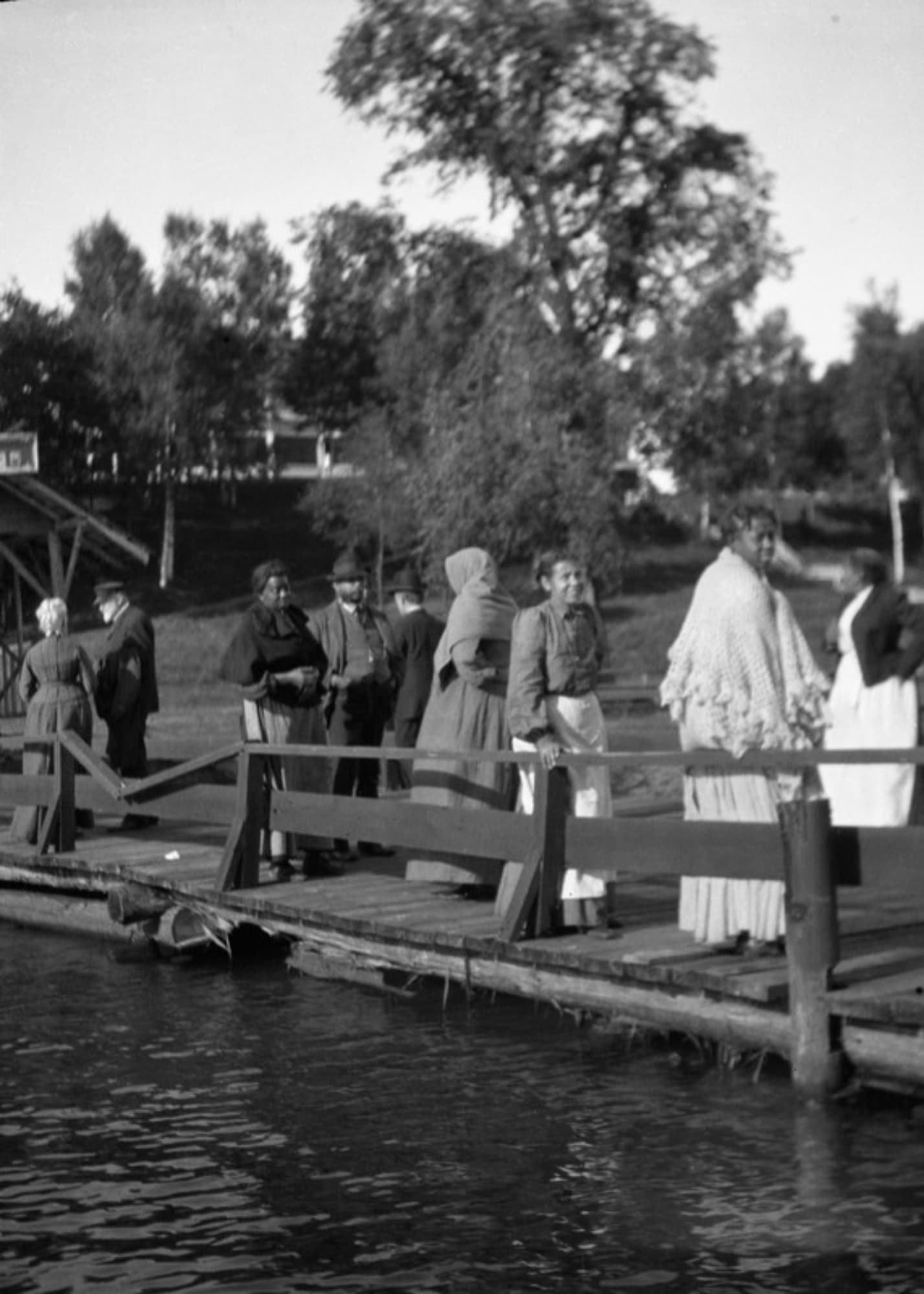





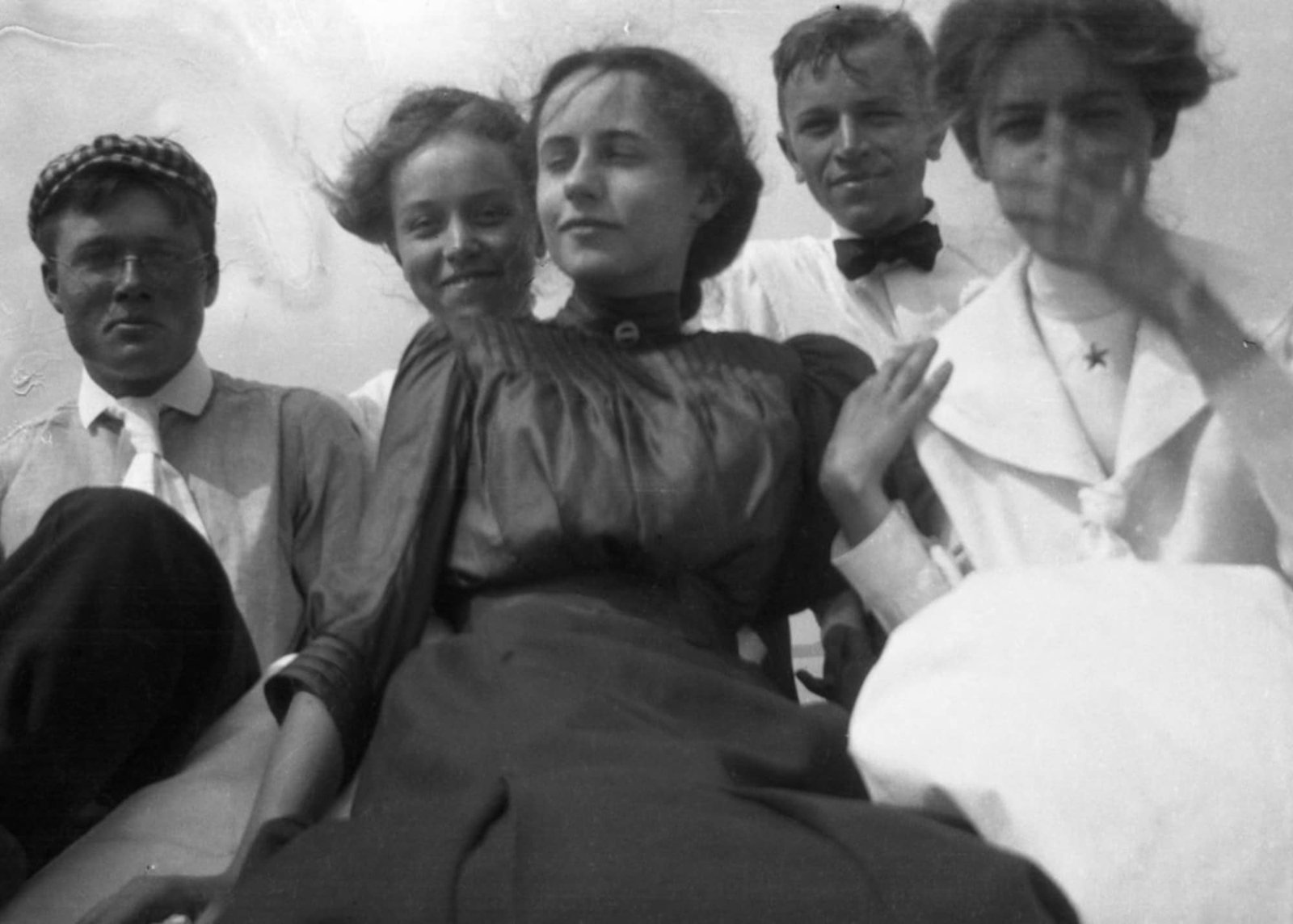

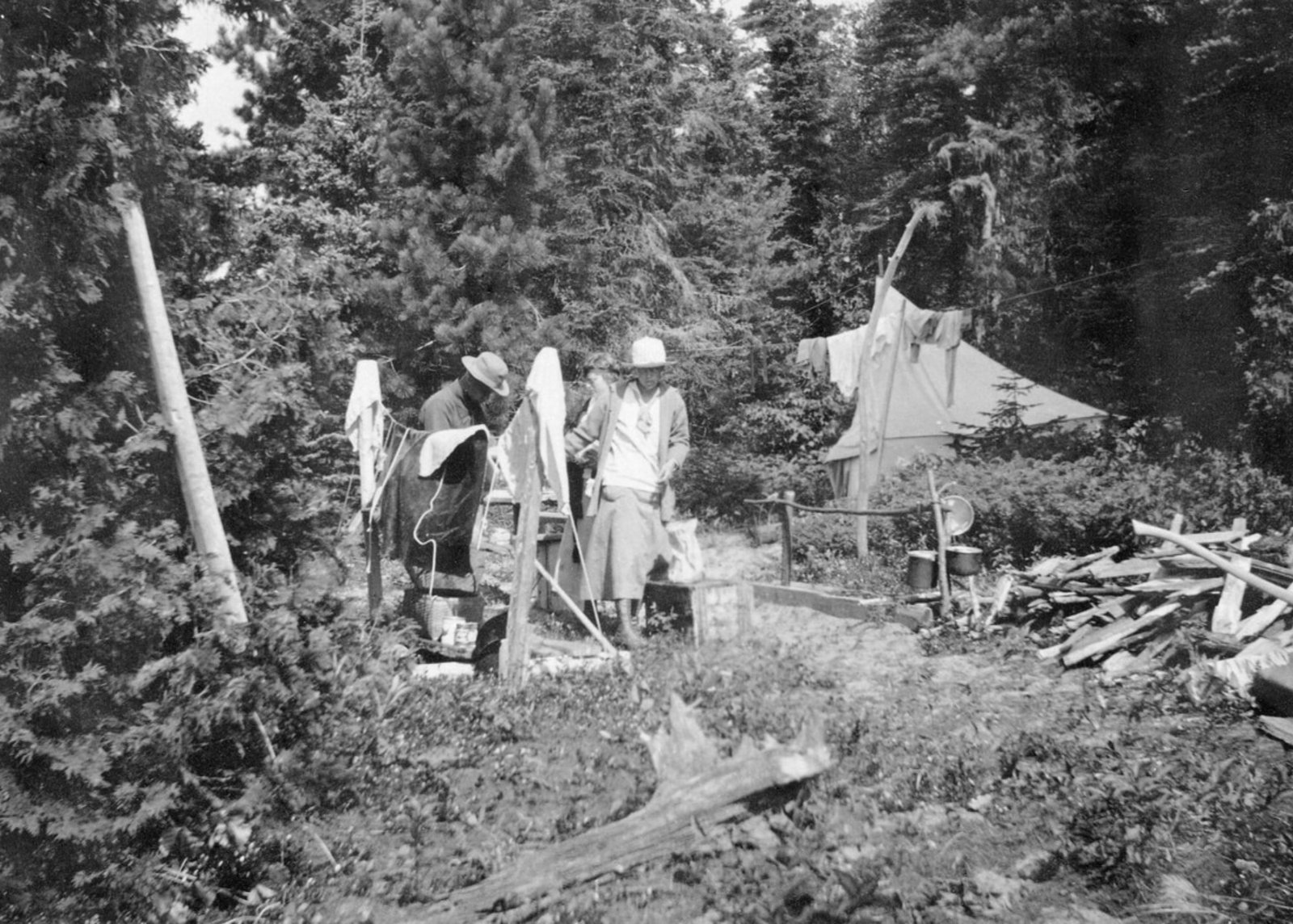











These fantastic photographs— some recently discovered— show Aldo and the Leopold family in and around the family’s cottage in Les Cheneaux and at nearby Mackinac Island. Through the generosity of the Aldo Leopold Foundation, we can share these images with the public. We are forever grateful for their help in connecting Leopold’s legacy to the Les Cheneaux area.
Leopold’s legacy is celebrated in Les Cheneaux by establishing a nearly 1,700-acre nature preserve on Marquette Island that bears his name. Little Traverse Conservancy maintains the preserve.
For more information about this and other nature preserves in the Les Cheneaux area, visit the Little Traverse Conservancy website.
More Aldo Leopold Information
To learn more about Aldo Leopold, please visit the following sites sharing Leopold’s legacy.
